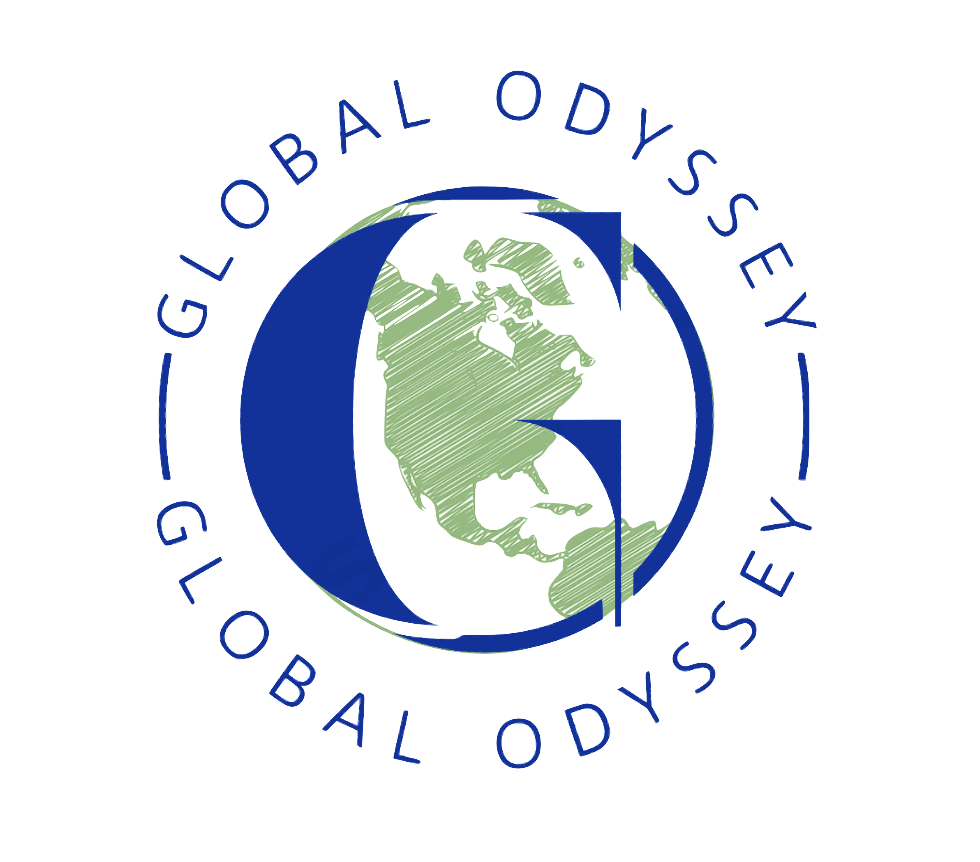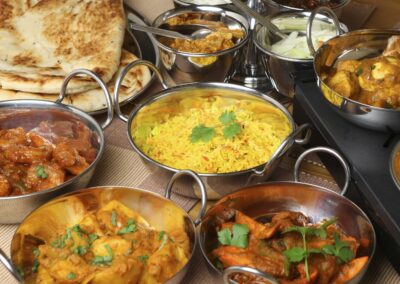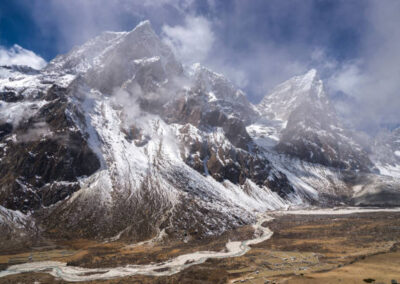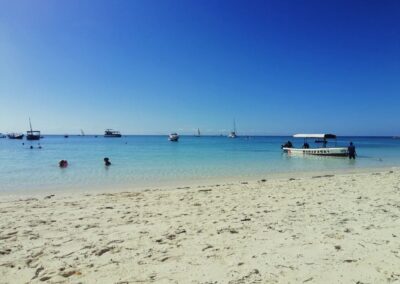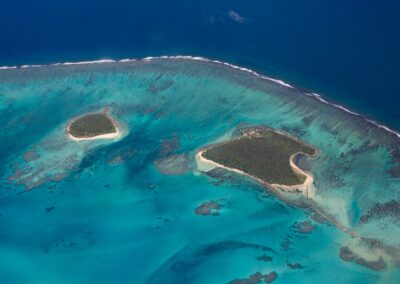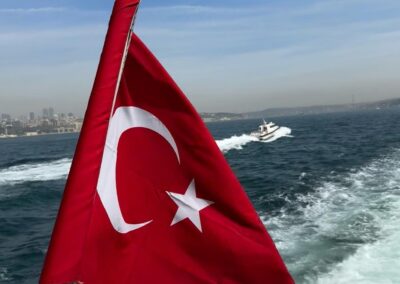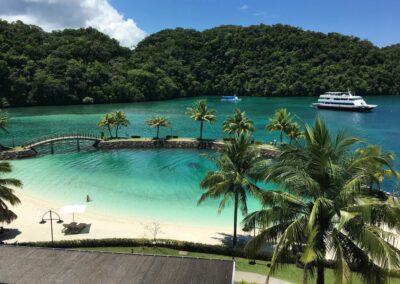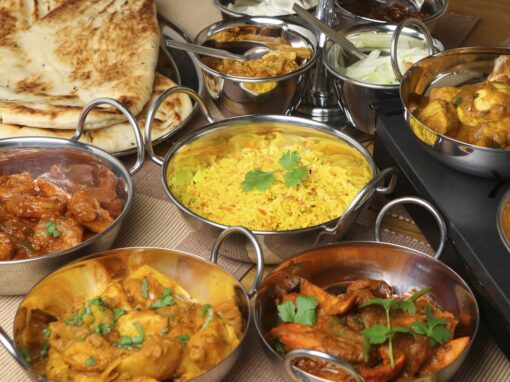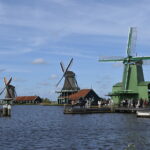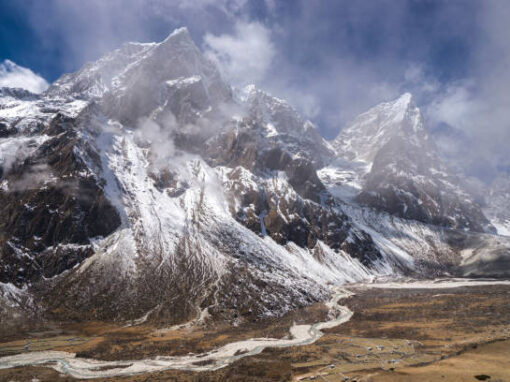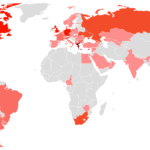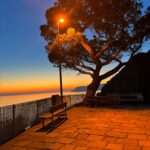The Caspian Sea is the largest inland body of water in the world and spans a fascinating region with a diverse range of cultures and traditions.
Its name originates from Caspi, the ancient people who lived to the southwest of the sea in Transcaucasia.
Located to the east of the Caucasus Mountains and to the west of the vast steppe of Central Asia, the Caspian covers an area around the same size as Japan and larger than Germany. It stretches nearly 1200km from north to south and has an average width of about 320km.
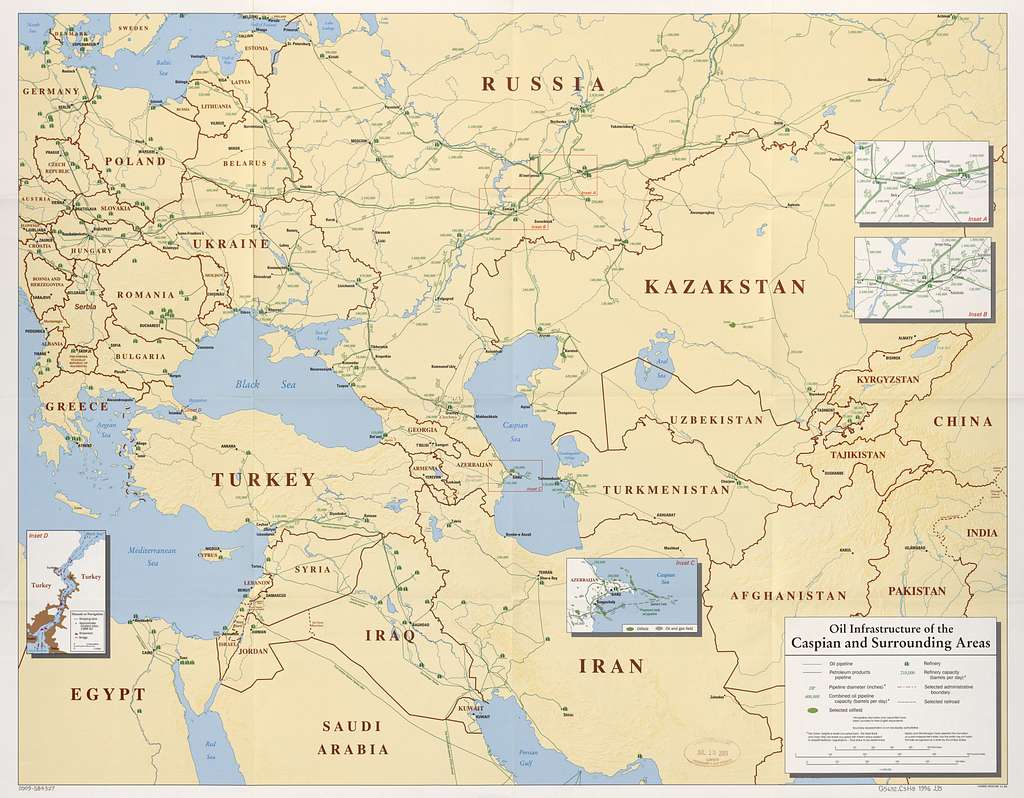
It is bordered to the northeast by Kazakhstan, to the southeast by Turkmenistan, to the south by Iran, northwest by Russia and southwest by Azerbaijan. Baku, the capital of Azerbaijan, protrudes out into the Caspian on the Abşeron Peninsula from the west.
The sea is situated south of the Russia’s fertile southern plains in Eastern Europe and north of the mountainous Iranian Plateau.
It is five times as big as Lake Superior, the world’s largest freshwater lake by surface area which is the northernmost and westernmost of the Great Lakes of North America.
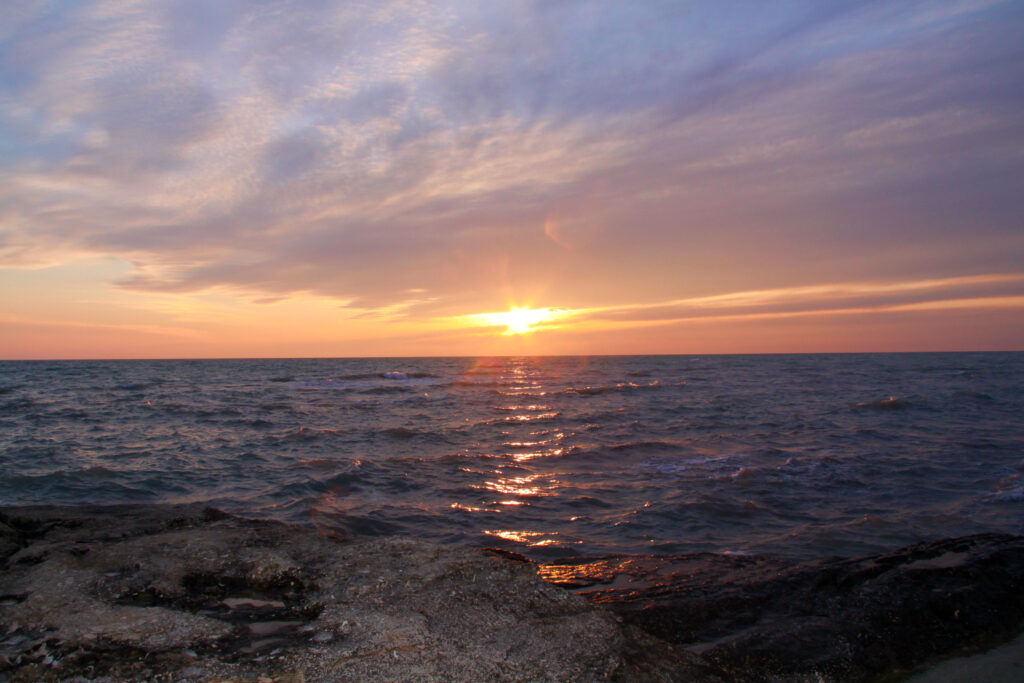
Its climates are wide-ranging too. The northern Caspian lies in a moderate continental climate zone while the middle and most of the southern Caspian lies in the warm continental belt. The southwest has subtropical influences and a desert climate is present on the eastern shore.
The Caspian has long been famous for its sturgeon, a fish prized for its caviar, and the sea accounts for the greatest part of the world’s catch.
However, the region’s most important natural resources are undisputedly oil and gas. Exploitation of the sea began in the 1920s and expanded significantly after World War Two and has continued to do so into the 21st century. The seabed oil is extracted using drilling platforms and artificial islands which have contributed to environmental degradation in the sea.
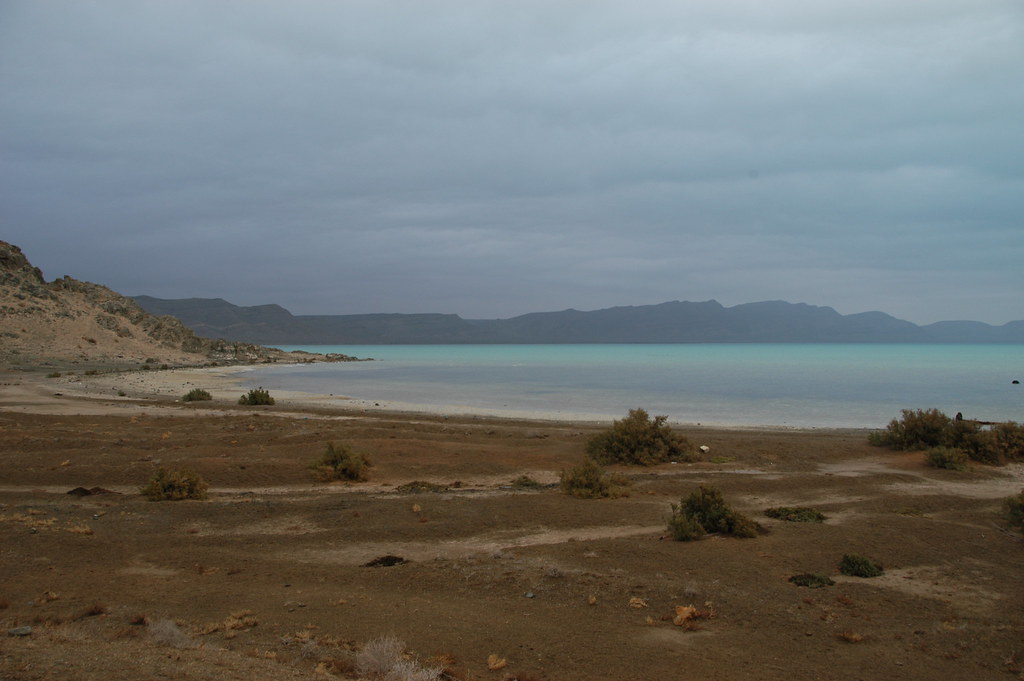
Regular passenger runs help connect people across the region and railway freight is ferried without unloading between Baku and Türkmenbaşi.
The Volga River, the longest river in Europe, drains 20% of European land area and is the source of 80% of the Caspian’s inflow. Together with the Ural and Terek, they empty into the northern Caspian and account for almost 90% of all river water entering the sea.
The Caspian is an endorheic basin which means that there are not any outflows to other external bodies of water. Although scientific studies have illustrated that in the past, approximately 11 million years ago, it was linked via the Sea of Azov, the Black Sea and the Mediterranean Sea to the world ocean.
The sea also contains around 50 islands, the largest of which is Ogurja Ada, 37km long, where gazelles roam freely. In the North Caspian, the majority of the islands are small and uninhabited.
